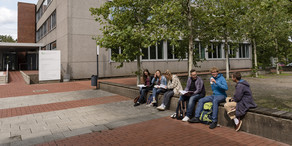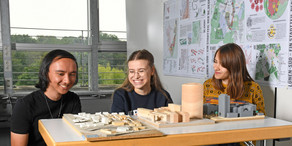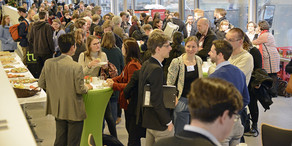In memory of Michael Wegener
- News

(1938-2024)
Michael Wegener was trained as an architect but quickly became interested in cities and their planning. In his early career, he worked for the Battelle Institute in Frankfurt am Main where he developed various urban and regional models that were motivated by the parent company Battelle in the United States. These models contained the seeds of urban dynamics, and to some extent, this focus on time has dominated all of Michael’s subsequent work where he wrestled with the idea of how we build the temporal dimension into urban models. In 1969, he moved to the University of Dortmund where he remained for the rest of his career as Professor and Director of the Institute of Spatial Planning. He built the most comprehensive and longstanding of all urban models which he called ‘IRPUD’ and this served as a testbed for many ideas that he demonstrated as underpinning the field of urban modelling. I first met him in Augsburg in 1976 where he demonstrated his work on how his experiences at Battelle determined the development of land use transport interaction (LUTI) models. He embraced several developments in urban models such as dynamics, agent-based modelling, integrated transport models, and microsimulation, amongst other approaches which he illustrated primarily using the IRPUD framework. He also acted as one of the great synthesisers, first reviewing the field in 1994 in his paper ‘Operational urban models: state of the art’, Journal of the American Planning Association 60, 17-29, which has been republished and which he updated many times since. He was instrumental in urging the field to make systematic comparisons of various urban models in terms of their performance, and in his more recent role as a planning consultant with Klaus Spiekermann, he broadened his portfolio of applications to deal with a variety of digital tools for planning. It is very much characteristic of Michael that he never really publicised or pushed his work – for example, I did not know he had written a book on computer graphics until quite recently – and his CV reveals that he has written no less than 350 papers. Like Peter Allen whose contributions are noted above, Michael has made an enormous impact as he was one of the stalwarts not only of urban modelling but also of the broad contribution of computers and digital simulation to urban and regional planning. As he always argued, the whole purpose of modelling was and continues to be one of informing and improving the planning process in the quest to design better cities, again the mission of this journal where he published several papers.
Michael Batty
University College London, UK
© Michael Wegener (1938 – 2024) | Obituary by Michael Batty











